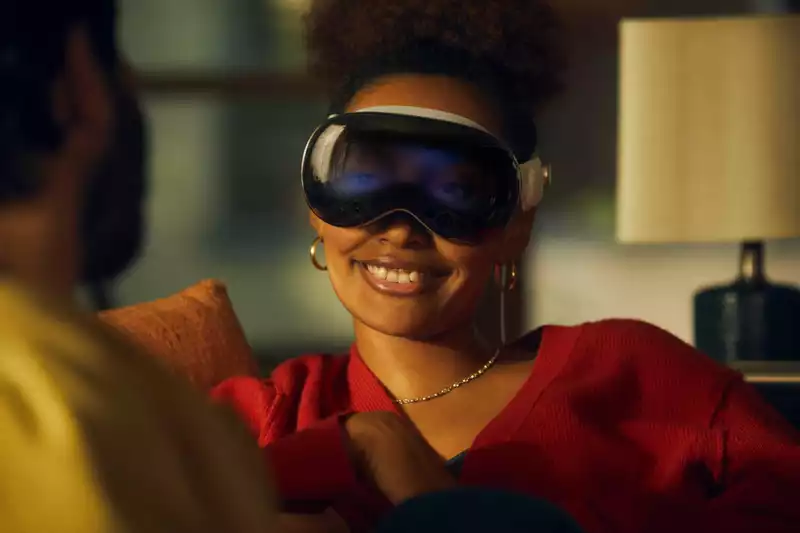It has been seven months since Apple announced its Vision Pro augmented reality headset. The initial reception was quite mixed, and no doubt the enormous Apple-esque price tag didn't help a bit. But on February 2, 2024, if you can afford $3,499, you will finally be able to buy one and try it out for yourself.
Even though everyone knew what the price of the Vision Pro would be (since it was clearly stated during the initial product launch), it remains a rather shocking number. Now, what exactly do you get for this price: the Vision Pro itself, two different straps, a cover, a cleaning cloth, a battery, and a charger. A hand controller is not included, but this is because Apple's headset does not use a hand controller.
Instead, everything is controlled by eye and hand movements, as well as voice commands via Siri.
A total of 12 cameras, 5 sensors, and 6 microphones constantly monitor your eyes and surroundings, allowing you to control the interface (which runs on a new system called visionOS) through a combination of gestures, taps, hand flicks, and eye focus.
Unlike most VR headsets for gaming, Apple's Vision Pro is very much focused on augmented reality: the computing interface is projected onto the world around you, but a control knob at the top allows you to block everything out if you wish. I want to watch a movie in the great outdoors while flying on a plane full of people." For $3,000 or more, that's possible.
At least for a few hours. According to Apple, battery life is up to 2.5 hours with video playback. The battery is external, so it should be possible to replace it with a freshly charged one.
There is no denying that Apple has put a lot of technology and development into the Vision Pro. The mini-OLED displays, one in each eye, total 23 megapixels, which is far more pixels than two 4K monitors. So movies and apps should look ultra-crisp and clear.
However, the refresh rate is apparently limited to 96 Hz, and no matter how good Apple's M2 processor is, the built-in GPU will never be able to render fancy graphics at twice the 4K resolution and 96 fps.
I know Apple claims to be able to play a lot of games on the Vision Pro, but I doubt anyone would pay more than six times the price of the MetaQuest 3 just to play games.
However, Vision Pro could have many uses in the scientific and engineering industries where cost is less of a concern than ease of use and features.
If you have $3,499 to spend on an AR headset and want to dive into Apple's new world of spatial computing, you won't have to wait much longer; the Vision Pro will be in Apple retail and online stores on February 2, and and pre-orders will begin on January 19.
Let's hope the app store has plenty to offer those brave enough to get their hands on it first. But even if you think Vision Pro is what you're looking for, we strongly suggest you wait until there are plenty of independent reviews before plunking down the big bucks on an AR gadget.


Comments